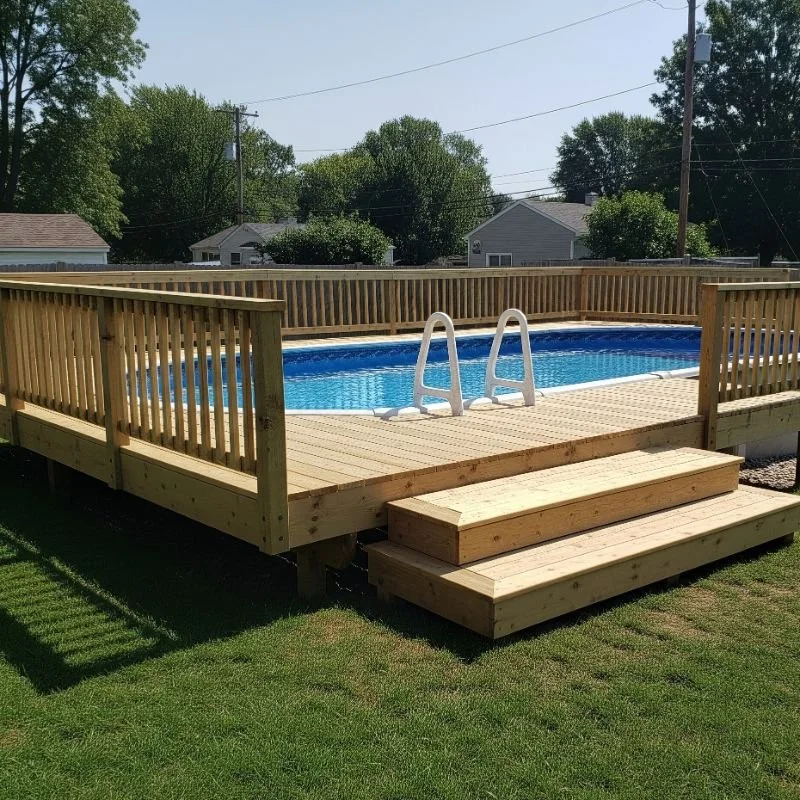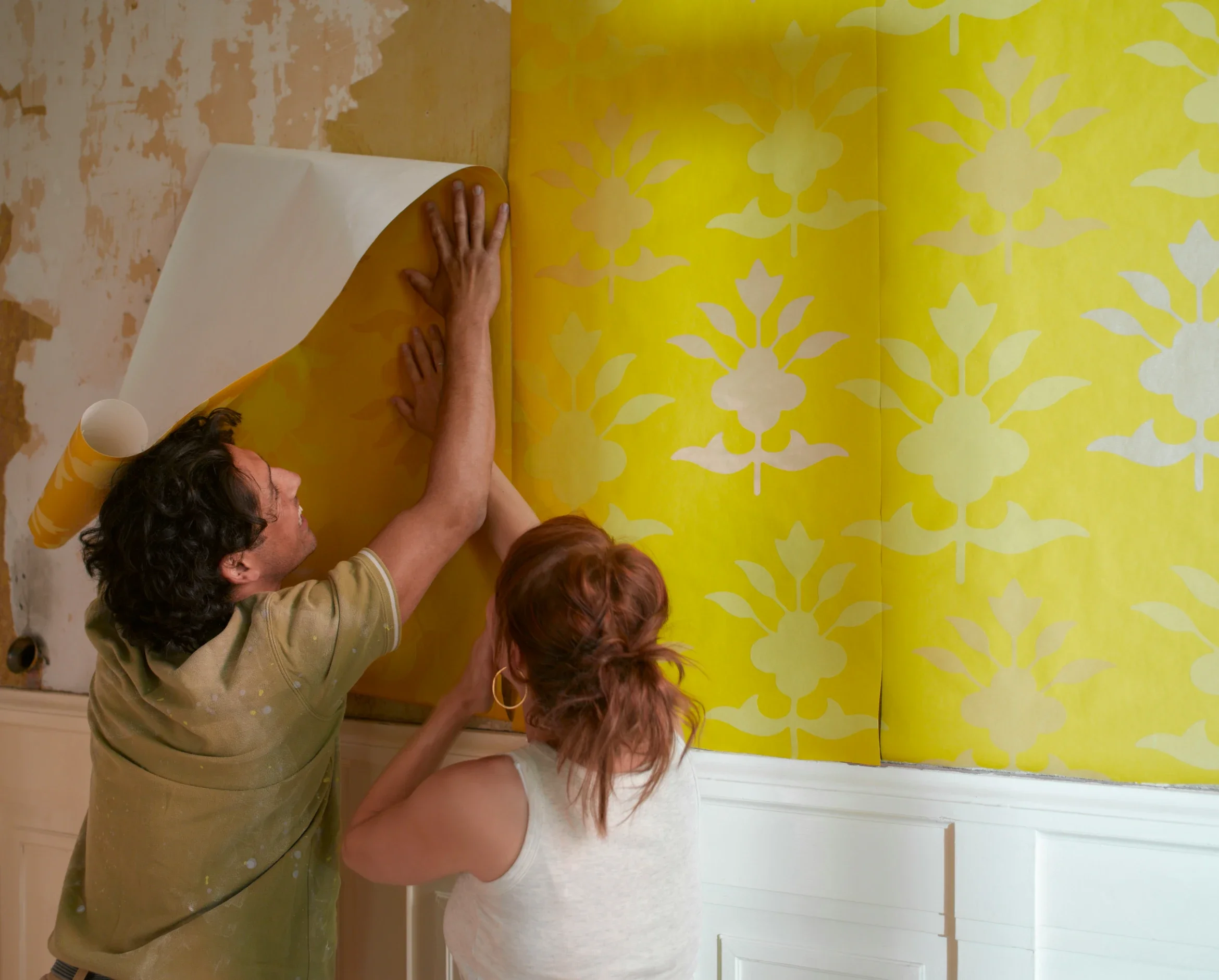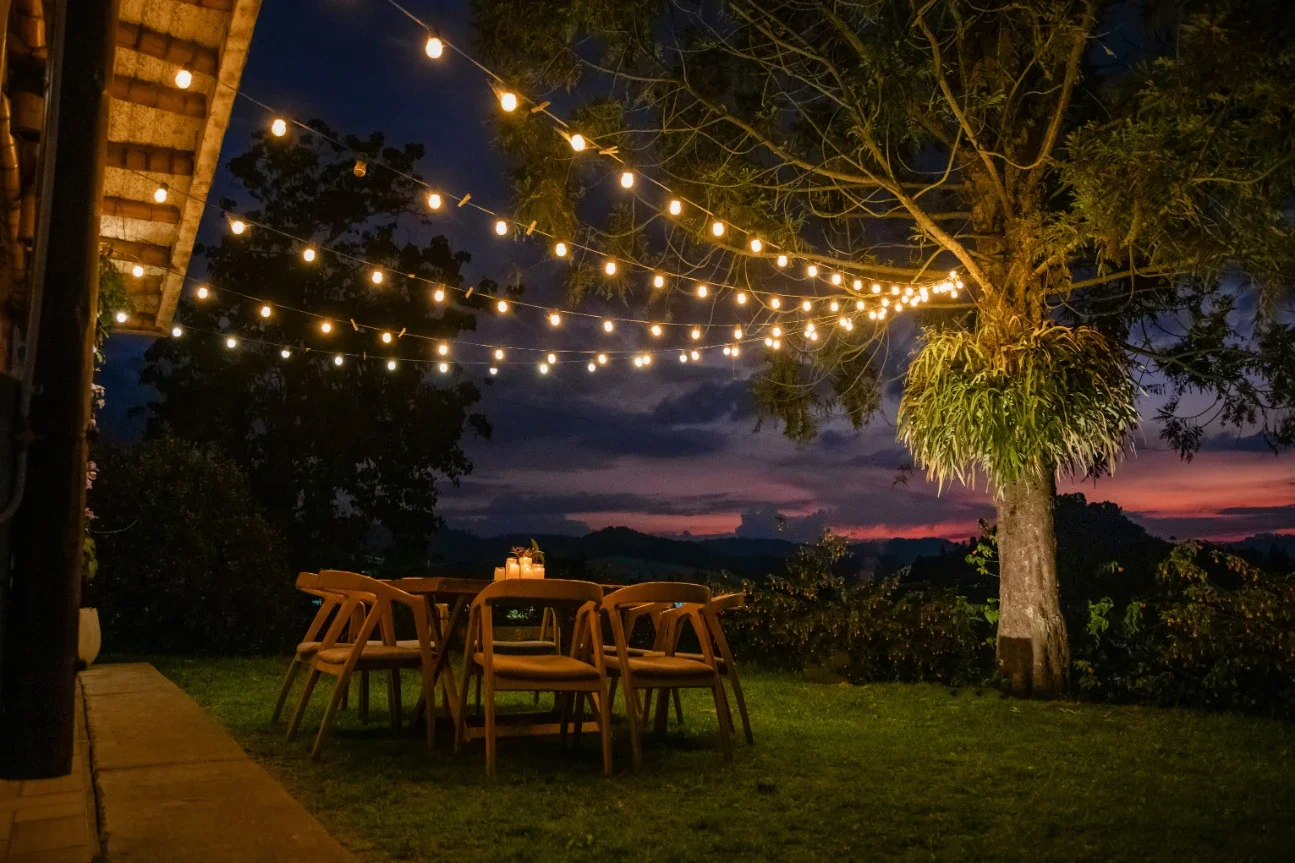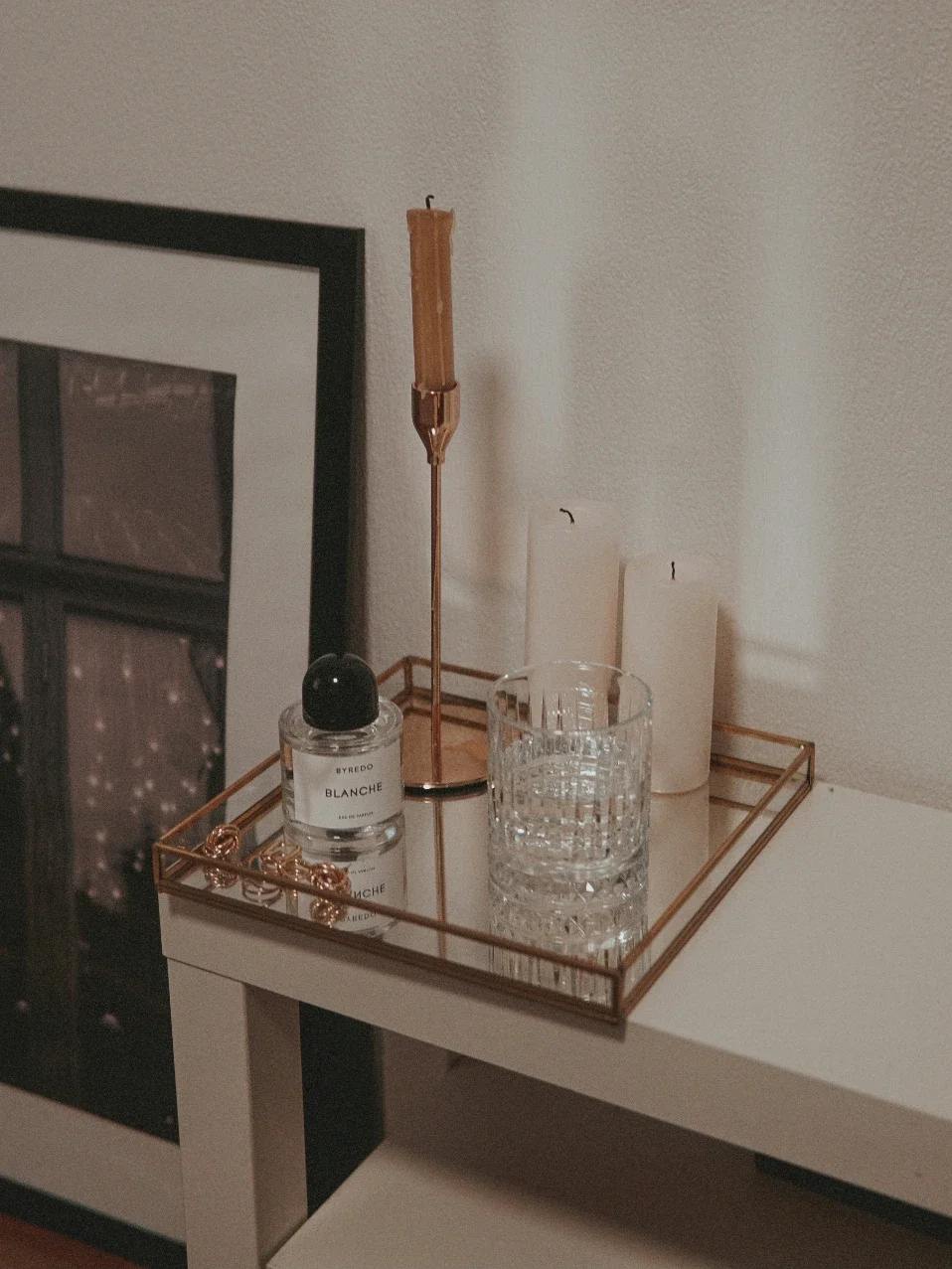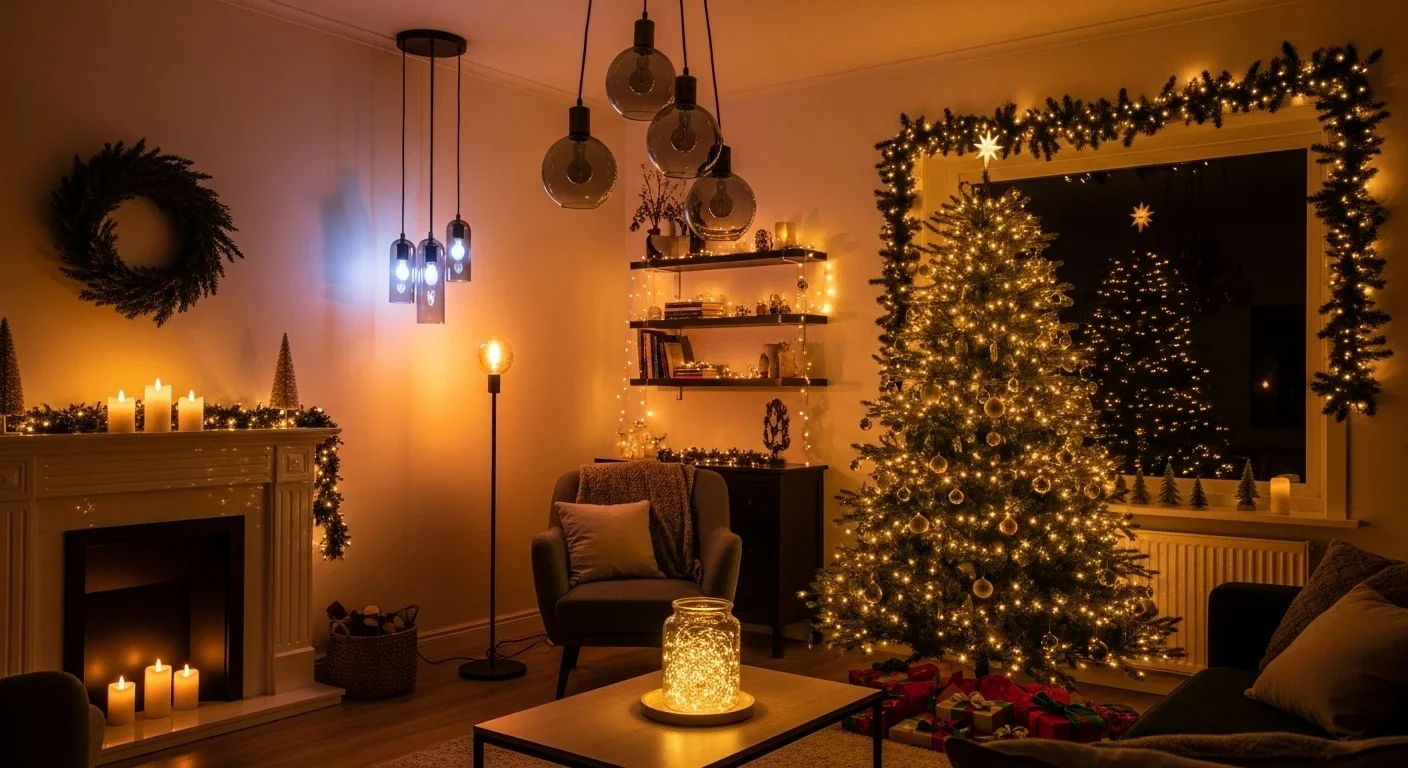15 DIY Above Ground Pool Deck Ideas on a Budget
Build your dream pool deck without breaking the bank. 15 DIY above ground pool deck ideas using affordable materials and smart designs.
Remember when you bought that above ground pool, thinking it would complete your backyard paradise? Then reality hit: a pool floating in a sea of grass looks more like a giant soup bowl than a resort-style retreat. Here's the good news: you don't need a trust fund to build an amazing pool deck that'll have the neighbors peeking over the fence. Whether you're wielding a hammer for the first time or you're a weekend warrior with power tools, these fifteen budget-friendly deck ideas prove that creativity beats cash every time. From simple platforms that take a single weekend to multi-level masterpieces built in stages, you'll discover how pallets, pressure-treated lumber, and pure determination can transform your above ground pool from eyesore to eye-candy. Ready to dive into some serious DIY savings?
1. Basic Wooden Platform Deck
Starting simple doesn't mean settling for boring. A basic wooden platform deck offers the perfect entry point for DIY beginners who want professional results without the complexity. Using standard pressure-treated lumber from your local home center, you can create a sturdy 8x8 or 10x10 platform for under $500. The beauty lies in its simplicity: four posts, a rectangular frame, and decking boards create an instant poolside retreat. Add a coat of weather-resistant stain in your favorite shade to elevate the look from basic to beautiful. This design works especially well for pools positioned close to ground level, requiring minimal height adjustment. Your platform becomes a launching pad for pool fun while providing a clean, dry spot for towels and pool gear.
2. Pallet Pool Deck Design
Who says trash can't become treasure? Free or cheap wooden pallets transform into surprisingly attractive pool decking with just a little elbow grease and imagination. Scout local businesses, warehouses, and online marketplaces for heat-treated pallets in good condition. Sand them smooth, seal them against weather, and arrange them puzzle-style around your pool. The modular nature means you can start small and expand as you find more pallets. Create different levels by stacking pallets or keep things simple with a single layer. The rustic charm works perfectly with above ground pools, giving your backyard that trendy reclaimed wood aesthetic. Budget impact? Usually under $200 for stain and hardware, making this the ultimate champagne-taste-on-beer-budget solution.
3. Floating Deck with Steps
A floating deck eliminates the hassle of deep post holes and concrete footings while still delivering a professional appearance. This ingenious design uses concrete deck blocks as a foundation, distributing weight evenly without permanent installation. Build your frame directly on these blocks, adjusting for level with shims as needed. The "floating" aspect means you can relocate or modify your deck if your pool plans change. Include wide steps that double as seating areas, maximizing functionality in minimal space. Materials typically run $300-600 depending on size, making this an achievable weekend project. The best part? No building permits required in most areas since it's not permanently attached to the ground.
4. Half-Surround Deck Solution
Why deck the entire pool when half delivers twice the impact? A half-surround deck focuses your budget where it matters most, creating a substantial entertaining area without the cost of full coverage. This smart design typically covers 180 degrees of your pool, providing ample space for lounging, grilling, and socializing. Use the savings to upgrade materials or add features like built-in planters or a pergola section. Position your half-deck to maximize shade during peak swimming hours or to connect naturally with your home's back door. The exposed pool sides maintain easy access for maintenance while the decked area becomes your backyard's new social hub. Expect to spend $500-1000 for a quality half-surround that looks like it cost much more.
5. Multi-Level Budget Deck
Think vertically to maximize space and visual interest without maxing out your credit cards. Multi-level decks create distinct zones for different activities while working with your yard's natural slope. Start with a lower platform for pool access, then step up to a dining or lounging level. Each tier can be built separately as budget allows, making this a perfect long-term project. Use the height differences to incorporate storage underneath or create shaded areas below upper levels. Simple framing techniques keep costs down while the tiered design adds architectural interest that flat decks can't match. Budget $800-1500 for a basic two-level design that transforms your pool area into a backyard resort.
6. Recycled Composite Decking
Scouring salvage yards and online marketplaces for leftover composite decking yields huge savings on premium materials. Contractors often sell remnants from jobs at fraction of retail cost, perfect for smaller pool deck projects. While new composite runs $30-45 per square foot installed, recycled pieces might cost $5-10. Mix different colors for a unique patchwork design or stick with similar shades for cohesion. The material's durability means even used boards have decades of life remaining. Installation mirrors traditional wood decking but without the maintenance headaches. Your budget stretches further since composite doesn't need annual staining or sealing. Expect to create a 200-square-foot deck for under $1000 using recycled materials versus $4000+ for new composite.
7. Gravel and Paver Combo Deck
Sometimes the best deck isn't wood at all. Combining gravel pathways with paver platforms creates a low-maintenance pool surround that handles wet feet and chlorine drips without worry. Start by leveling the area and laying landscape fabric to prevent weeds. Create defined spaces using concrete pavers for stability near the pool edge, then fill between areas with decorative gravel. This design drains naturally, eliminating puddles and slippery surfaces. Choose light-colored gravel to stay cool underfoot, or go with river rock for natural beauty. The total cost typically runs $3-5 per square foot, making it one of the most budget-friendly options available. Plus, you can complete sections as money allows without the project looking unfinished.
8. Modular Deck Sections
Build your deck in puzzle pieces that connect as your budget grows. Modular sections, typically 4x4 or 4x8 feet, construct quickly and allow incredible flexibility. Each module stands independently but locks together with adjacent sections using simple hardware. Start with two or three modules for basic pool access, then add more for entertaining space. This approach lets you experiment with configurations, moving sections to find the perfect layout. Build modules during winter months when you have time, storing them until pool season. The sectional design also simplifies repairs since you can remove individual pieces without disturbing the entire deck. Materials for each module run $75-150, making incremental building financially painless.
9. Pressure-Treated Pine Paradise
Don't overlook the classic choice: pressure-treated pine remains the budget deck champion for good reason. Modern treatment processes create lumber that resists rot, insects, and weather while staying affordable. At $1.50-3 per square foot for materials, pine stretches budgets further than any other traditional decking. The light color accepts stains beautifully, letting you customize the appearance from natural wood to rich mahogany. New fastening systems hide screws for a clean look that rivals expensive hardwoods. Yes, pine requires annual maintenance, but that small effort pays huge dividends in deck longevity. A typical 300-square-foot pool deck costs $450-900 in materials, leaving room in your budget for upgrades like lighting or decorative railings.
10. DIY Deck with Built-In Seating
Maximize every dollar by incorporating seating directly into your deck structure. Built-in benches along the edges serve double duty as safety barriers and social spaces. Use the same lumber as your decking to create cohesive design while eliminating the need for separate outdoor furniture. Design bench tops to lift for hidden storage compartments perfect for pool chemicals, toys, and cushions. Position seating to face both pool and yard, creating conversation areas that work for swimmers and non-swimmers alike. The added structure actually strengthens your deck while providing functionality that store-bought furniture can't match. Adding built-in seating typically increases material costs by only 20-30% while doubling your deck's usefulness.
11. Minimalist Side Deck
Sometimes less truly is more, especially when budgets are tight. A minimalist side deck provides essential pool access without overwhelming your yard or wallet. Focus on a single side of your pool, creating a platform just large enough for safe entry and exit plus a small seating area. This streamlined approach typically requires only $200-400 in materials while solving the basic problem of pool accessibility. Use the savings to invest in quality railings or stairs that enhance safety. The compact footprint works especially well in narrow yards where full decking would crowd the space. Your minimalist deck can always expand later, but many pool owners find this simple solution meets all their actual needs.
12. Wrap-Around Economy Deck
Create the illusion of luxury with a narrow wrap-around deck that encircles your pool without the expense of wide platforms. A 3-4 foot wide walkway provides safe passage around the entire pool while using minimal materials. This design excels at making above ground pools feel integrated into the landscape rather than plopped on top. The continuous decking hides the pool walls and creates smooth transitions from every angle. Include one or two wider sections for lounging chairs or ladder access. The wrap-around design typically costs $1000-2000 in materials but delivers visual impact that rivals much more expensive options. Plus, the narrow width means faster construction and easier maintenance access to pool equipment.
13. Raised Deck with Storage
Transform the space under your raised pool deck into valuable storage that pays for itself in organization. Building your deck 3-4 feet off the ground creates a hidden garage for lawn equipment, pool supplies, and outdoor toys. Use lattice or decorative screens to enclose the space while maintaining ventilation. The raised design works particularly well with above ground pools, bringing the deck level even with the pool rim for seamless entry. Include access doors sized for your largest equipment, and add hooks or shelves inside for maximum efficiency. While raising the deck increases lumber costs by 30-40%, the gained storage space eliminates the need for a separate shed, actually saving money overall.
14. Natural Stone and Wood Hybrid
Combine the warmth of wood with the durability of stone for a deck that balances budget and beauty. Use natural stone or concrete pavers for high-traffic areas near the pool edge where water exposure is greatest. Transition to wooden decking for lounging and dining areas where comfort matters more. This hybrid approach puts expensive materials only where needed while using economical wood everywhere else. The material mix creates visual interest that makes your deck look custom-designed rather than budget-built. Source stone from landscape suppliers rather than home centers for better prices, often finding irregular pieces perfect for poolside use. A typical hybrid deck costs 20-30% less than full stone while lasting years longer than all-wood construction.
15. Expandable Starter Deck
Begin your pool deck journey with a smart foundation designed for future growth. An expandable starter deck focuses on creating a solid base structure that easily accepts additions. Build your initial frame larger than the first phase of decking, leaving attachment points for future sections. Start with essential areas like pool entry and a small sitting space, typically requiring $300-500 in materials. Document your construction process and keep notes on materials for seamless matching later. The psychological benefit? You'll enjoy immediate improvement while avoiding the stress of a massive project. Many DIYers find that building in phases actually results in better craftsmanship since you learn and improve with each section.
Conclusion
Building an above ground pool deck on a budget isn't about cutting corners; it's about creative solutions and smart planning. These fifteen ideas prove that limited funds don't mean limited options. Whether you choose pallets or pressure-treated lumber, modular sections or minimalist designs, your perfect deck awaits. Start with what you can afford, build what you can manage, and expand as inspiration and finances allow. Your backyard oasis is just a few weekends away.
Frequently Asked Questions
Q1: What's the cheapest material for pool decking?
A1: Pressure-treated pine costs $1.50-3 per square foot, making it most affordable.
Q2: Do I need permits for an above ground pool deck?
A2: Most areas require permits for attached or permanent structures over 200 square feet.
Q3: How much space should I leave around the pool?
A3: Plan for at least 3-4 feet of decking width for safe passage.
Q4: Can I build a deck directly on the ground?
A4: Ground-contact rated lumber works, but raised designs last longer and drain better.
Q5: What's the average DIY pool deck cost?
A5: Basic DIY pool decks typically cost between $500-2000 depending on size and materials.
